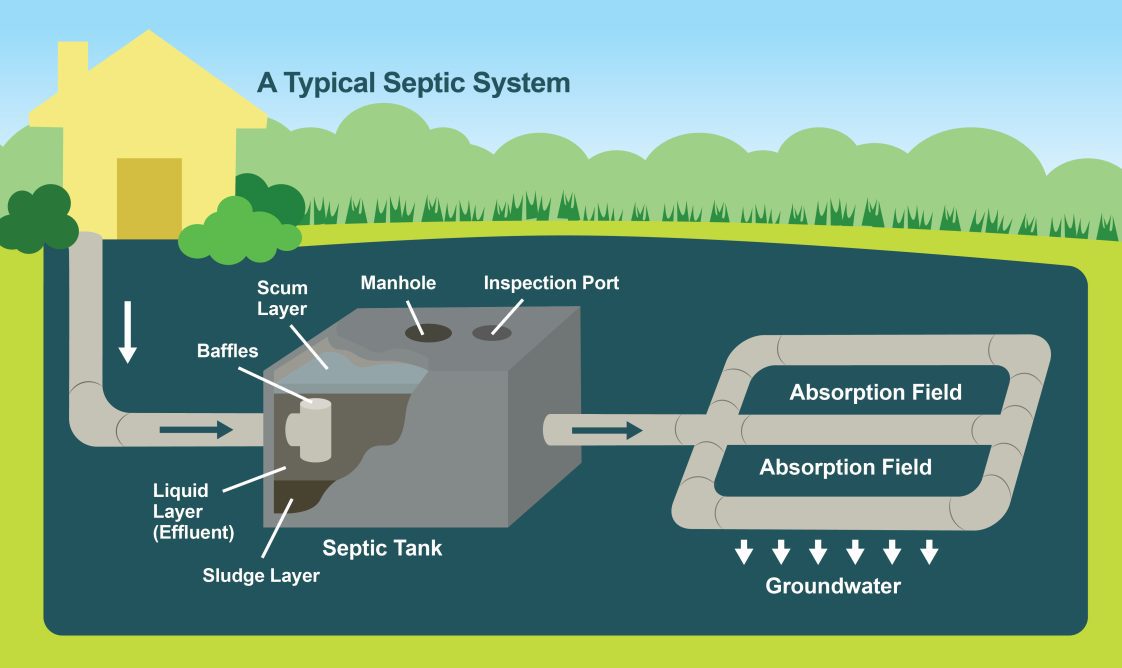Fish & Water

Do you know how your wastewater is treated? If you do not pay a bill for a sanitary sewer system, your home or business likely uses an on-site septic system to treat your wastewater. Septic systems can be reliable and economical methods of treating household wastewater. It is your responsibility to take care of the system so that it continues to function properly. Maintaining your system helps protect your health, avoid costly repairs, and prevent water pollution.
What Is a Septic System?
Septic systems are individual wastewater treatment systems that collect, treat, and dispose of wastewater, usually at a single home or business. Household wastewater is water that leaves the building from sinks, toilets, washing machines, bathtubs, or dishwashers. Wastewater may contain soap, human waste, food, and other waste material.
These wastewater treatment systems may be referred to as on-site wastewater treatment systems (OWTS) or on-site sewage system (OSS) or septic systems. Properly installed and maintained septic tank systems can have a life-span of 20 to 30 years. However, poorly working septic systems can contaminate surface and groundwater well sources. Household wastewater can contain bacteria, viruses, household chemicals, and nutrients from food waste. A failed septic system is a health hazard to you and your neighbors and can lead to costly repairs.
Understanding how a septic system works will help you avoid common problems that affect home wastewater treatment systems.
How Does a Septic System Work?
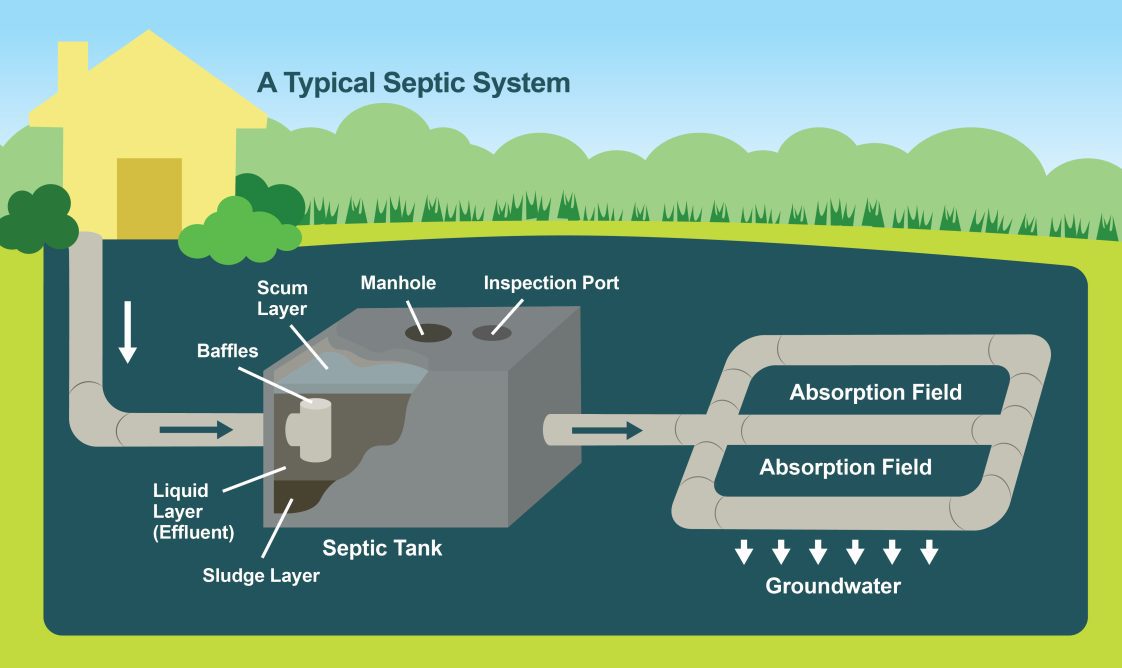
Figure 1. A typical septic system.
Although there are many types of septic systems in use, most consist of three main parts (figure 1):
1. A watertight box called a septic tank that digests organic matter and separates floatable matter (e.g., oils and grease) and solids from the wastewater.
2. A drainfield (sometimes called an absorption field) carries waste away from the tank through a system of buried pipes with small holes (perforations).
3. The soil that filters out contaminants and returns clean water to the environment.
The septic tank. Household wastes, such as soapy water from kitchens and bathrooms, washing machines, food disposal units, and human waste, flow through the plumbing system of a home into the septic tank. The tank is a watertight container (usually made of concrete, polyethylene, or fiberglass) buried underground outside of the house. The purpose of the septic tank is to temporarily hold the wastewater and separate the solids from the liquids.
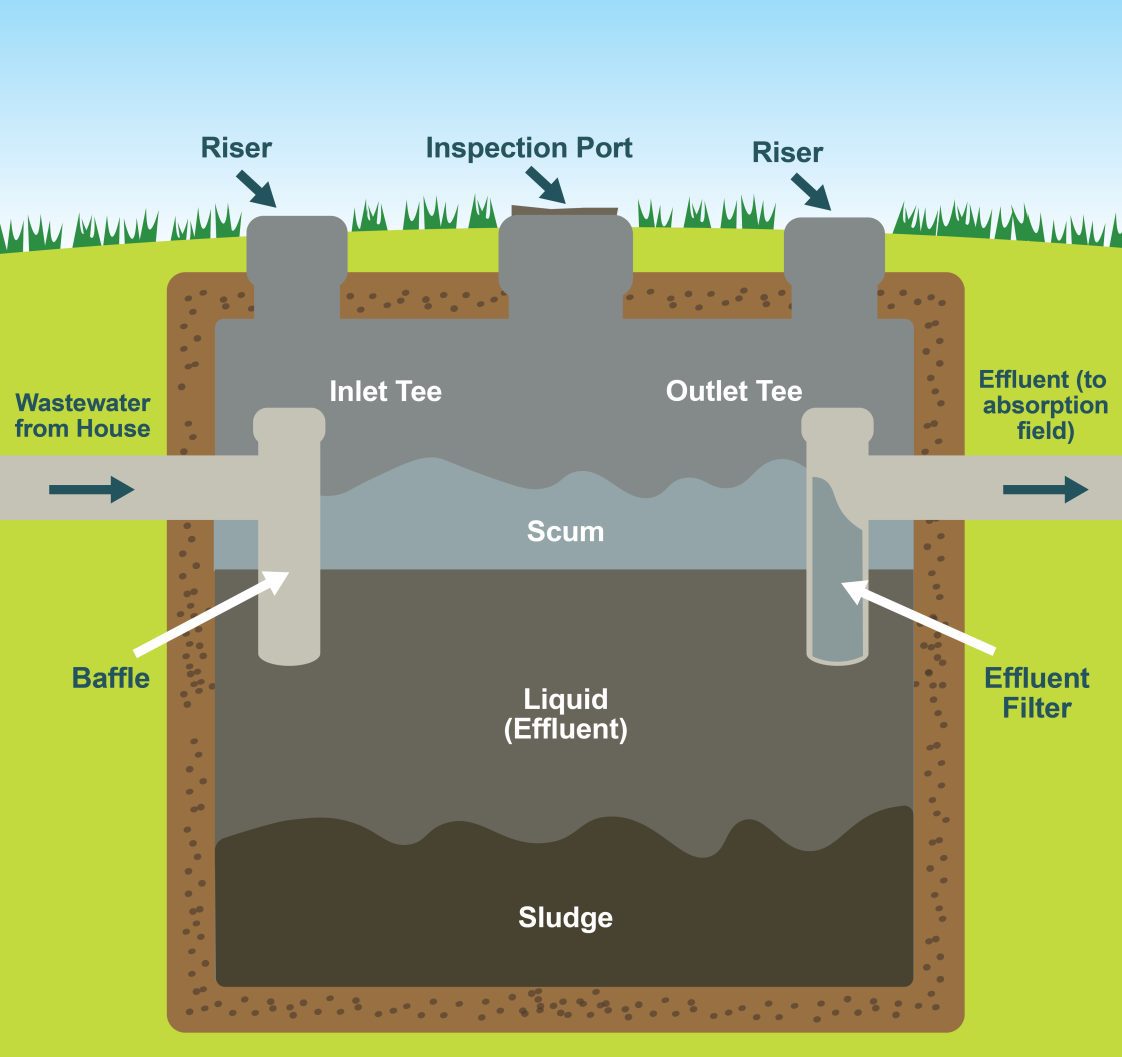
Figure 2. Typical single-compartment septic tank.
Three layers form in the septic tank (figure 2):
1. The sludge layer contains solid materials that settle to the bottom of the tank. Naturally occurring bacteria convert this organic matter into liquids or gases.
2. The liquid later contains materials such as detergents and small solid particles. This layer drains into the drain field.
3. The scum layer contains lighter particles, such as grease and soap, that float to the top of the tank.
Some of the sludge and scum layers are broken down by anaerobic bacteria (bacteria that live without oxygen) into liquids that will eventually flow into the drain field. The tank should be large enough to hold at least 2 days of wastewater to allow time for the solid materials to separate from the liquid. Septic tanks typically hold about 1,000 gallons of liquid, but the size of the tank needed is determined by the number of bedrooms in the house.
The tank has baffles at the inlet (wastewater entering the system from the home) and the outlet (wastewater leaving the tank to be disposed of in the drain field) that allow only the liquid between the sludge and scum layers to pass from the tank, preventing clogging before the wastewater reaches the drain field. The fluid leaving the tank is called effluent. Small amounts of suspended or dissolved matter not completely broken down may also be transported in the effluent to the drain field. When solids build up in the tank, they reduce the amount of wastewater it can hold. An inspection port on the septic tank can allow you to check the level of sludge or scum buildup.
Too much sludge or scum can clog the drain field lines or oversaturate the soil, preventing the natural processing of the wastewater through the soil. Effluent filters on the outlet between the tank and drain field can filter out some of this material, but they must be maintained and replaced regularly to ensure efficiency and longevity. Risers with lids on the ground surface make it easier to find and pump out septic tanks.
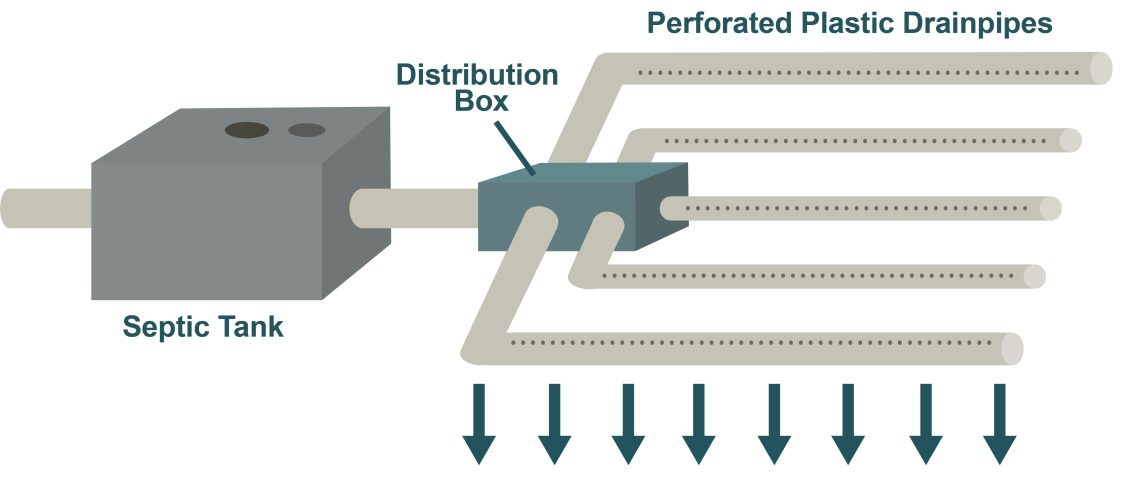
Figure 3. Absorption field (drain field).
The drain field. The typical soil absorption system (figure 3), or drain field, is connected to the septic tank by a buried pipe. This pipe connects to a distribution box and then to tile or perforated plastic drainpipes, which are buried in underground trenches (usually two to five trenches) surrounded by gravel. The septic tank effluent, or liquid, flows from the septic tank out into the soil through these perforated pipes. This sewage effluent is a cloudy liquid that still contains many disease-causing organisms and environmental pollutants.
The soil. The real treatment of the wastewater happens in the soil beneath the drainpipes. Soil can serve as a natural filter for wastewater, utilizing bacteria that assist in the breakdown of waste and pathogens. The soil also traps and transforms other chemicals and nutrients, such as phosphorous and some forms of nitrogen.
Other Considerations
- Location. Septic systems should be placed according to health department recommendations, so always contact your county health department when making plans to install an on-site wastewater system. The health department can assist in determining if the lot meets minimum size requirements to effectively absorb and filter the wastewater from the home. Topography, flooding frequency, and closeness to nearby waterways are also important elements to consider when planning for a septic system on a property.
- Soil type. The best soil for septic systems is loamy soil. This means that the soil has a mixture of sand, silt, and clay particles. If the soil has too much sand, the wastewater will flow through too quickly to be cleaned by chemical and biological reactions and can contaminate groundwater. Too much clay will absorb and hold water, preventing proper flow of the system. You should get a copy of a soil survey report from your county Extension office or your Natural Resources Conservation Service office. Your county health department can provide guidance for evaluating a property for septic system field line site suitability. Professional engineers, land surveyors, geologists, and soil classifiers can perform a combination of tests, such as percolation tests, that measure the rate of water movement into soils and soil borings that can show the depth of the water table underground.
Where Should a Septic System Be Located?
Septic systems should be located downhill and at least 100 feet away from drinking water wells and 50 feet from streams or other waterways. The area over the drain field should be free of obstructions. Driveways or paved surfaces should not be placed over the drain field. Do not drive vehicles or farm equipment over the septic system, as these can compact the soil surface and damage drain lines. Drains from roofs should not empty over the drain field. Tree roots can crush or plug drain field lines. Grasses and shallow-rooted plants are the best groundcovers over drain lines.
IMPORTANT: ALABAMA LAWS
- Alabama state law requires homeowners to get a permit from the local health department before putting in a new system or before repairing an existing system. Once criteria are met, an Approval for Use may be issued.
- Alabama state law requires that septic tank installers and pumpers be licensed by the Alabama Onsite Wastewater Board (AOWB). Look for a list of licensed installers on the AOWB website.
LOCATING A SEPTIC SYSTEM ON YOUR PROPERTY
If you already have a septic tank on your property but need to locate it for routine maintenance, contact the county health department for a copy of your approved septic tank system permit (also called the Approval for Use), which should have information about the approximate location of the system and size of the tank.
Caring for Your System
The best way to take care of your septic system is to prevent problems before they happen. Once installed, there is little that can be done to correct problems due to poor design or location. Make sure you consider the environment around your home before putting in new systems or moving a system to a new place on your property.
The following can cause problems in a septic system:
- The soil has poor drainage or is unsuitable for a septic system.
- The water table is close to the surface of the land.
A septic system should last at least 20 to 30 years if taken care of properly. If you do not take care of your septic system, it could cost you thousands of dollars to fix. Some of the practices listed below may help you maintain your septic system.
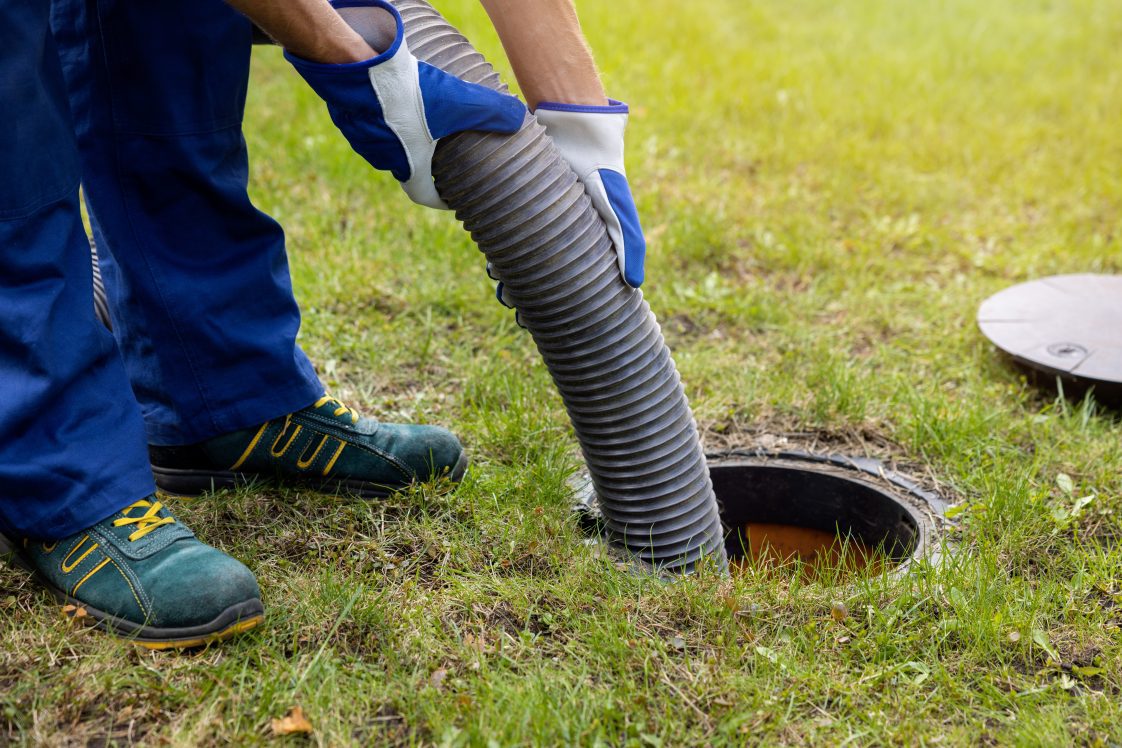
Figure 4. Inspect and pump out the septic tank.
Inspect and pump out the septic tank regularly (figure 4). Because some of the solids may not be decomposable by bacteria, it is necessary to pump out a septic tank every 3 to 5 years. This is the most important thing you can do to keep your system working properly. If you use a garbage disposal, this can cause an even larger amount of solids in the septic tank. Use a licensed septic tank contractor to inspect your septic system every 3 years (every year if you use a garbage disposal) and have it pumped out starting with the third or fourth year after it is installed.
Protect the ground above the drain field. The area over the drain field should be free of trees because tree roots can plug the drain field lines. Driveways or paved surfaces should not be placed over the drain field.
Reduce solid waste. A septic system will work best if you use it only to dispose of wastewater. Do not use it as a trash can. To prevent your system from being overloaded, put only wastewater, human waste, and toilet tissue into your septic system.
Do not flush.
- Paper towels
- Diapers
- Menstrual products
- Baby wipes
- Cigarette butts
- Cat litter
- Coffee grounds
- Grease or fat
These solid materials can build up and clog the system because they do not break down easily.
Reduce food waste. Do not put food waste, such as grease, fats, and oils, down the kitchen drain. Fats can solidify and clog the septic tank system, so they should be thrown in the trash.
If you have a garbage disposal, try to limit its use. Solid food material can overload the septic system, and it is often recommended that food disposal systems not be installed with septic tanks. If you do have a disposal, grind the food waste into fine particles. You may need to pump your system more frequently. A larger size septic tank is recommended for use with a garbage disposal system. Consider composting your food scraps to reduce the waste entering your system.
Do not put chemicals down the drain. Because your wastewater is treated by naturally occurring bacteria in the septic tank and microorganisms in the soil, other chemicals added to the system can kill the bacteria in this process. Never pour paints, oven cleaners, pesticides, paint thinners, acids, or petroleum products down the drain. These interfere with the system’s proper functioning and can contaminate groundwater.
Never put these chemicals down the drain:
- Paints
- Oven cleaners
- Pesticides
- Paint thinners
- Drain cleaners
- Acids

Figure 5. Domestic water usage.
Conserve water. Because a septic system has only a certain capacity, try to be conscious of the volume of water you put down the drain. A typical person uses only about ½ gallon of water daily for drinking purposes. Baths, showers, and washing machines use the most water in a household. According to the US Environmental Protection Agency, the average American uses more than 80 gallons of water every day inside the home.
Try to conserve water during periods of high rainfall because the soil can become saturated, and the drain lines will not function as effectively. Consider installing a backflow pipe to prevent backup from the drain field into the plumbing lines when the soil is oversaturated is possible.
Fix problems with your septic system as soon as possible. Sewage backup is a health risk, particularly for children and pets.
The following might be signs of trouble:
- Wet spots or standing water above the drain field.
- Unpleasant odors or fly and mosquito problems over the drain field.
- Lush growth of vegetation over the drain field.
- Sewage backups from the drain field onto the ground surface or household plumbing that does not drain properly.
When these conditions exist, ask your local health department environmentalist or septic system professional to recommend the best solution. Protect your family’s health by spending the time and money to keep your system working properly.
Self-Assessment
Fill out this self-assessment (a do-it-yourself checklist) to help you find out about your home septic system. For each question, check yes or no. If you answer yes, you are doing the best actions to take care of your system. If you answer no, this does not necessarily mean that your septic system has a problem, but you may need to make some changes to avoid future trouble. For each statement or question, more help is available under Actions and Recommendations.
SELF-ASSESSMENT CHECKLIST
| Yes | No | |
|---|---|---|
| I know where my septic system is in my yard, and it is in a good location. | ||
| My septic system is inspected every year to check for buildup of solids in the tank. The drain field is also inspected for signs of problems. | ||
| I use a licensed septic tank cleaner to pump out my septic tank every 3 to 5 years of normal use. | ||
| Surface water and roof drains are diverted from the septic tank and drain field. | ||
| I do not overload the septic tank with kitchen grease or other solids. | ||
| My septic system has a backflow valve between the tank and the drain field. | ||
| An effluent filter is installed at the septic tank effluent outlet. It is checked and cleaned regularly. | ||
| I never put acids, insecticides, petroleum products, paint thinner, or other harmful chemicals into the septic system. | ||
| The area over the drain field is protected from traffic, tree roots, and excess overland water flow, and I follow recommended maintenance practices. | ||
| I am careful about conserving water in my household. |
ACTIONS AND RECOMMENDATIONS
1. Check the location of the septic tank. Your septic system should be located downhill and at least 100 feet away from drinking water wells and 50 feet from streams or other waterways.
2. Make routine inspections of the septic tank. You or a professional can inspect the septic tank at least once a year to ensure that it is working properly. Check the sludge or solid buildup and ensure that effluent or liquid is moving freely through the outlet pipe to the drain field. Having your septic system inspected by a professional regularly can save you thousands of dollars in the long run.
3. Have your septic tank pumped every 3 to 5 years by a professional. This will help keep your system running efficiently. You may want to have it pumped more regularly if you have a garbage disposal or often have extra guests in your home. Pumping your septic tank every few years is the most important thing you can do to protect your system. Keep the septic tank area in your yard easily accessible for pumper trucks.
4. Keep the area over the drain field clear of surface water. Do not allow water from roofs, paved surfaces, or rain to collect on top of the drain field. Soil that is saturated from surface water will not treat wastewater efficiently.
5. Do not put kitchen grease or other solid materials down the drain. Some solid materials can clog the tank with extra sludge and prevent it from functioning regularly. To prevent your system from being overloaded, do not put anything except wastewater, human waste, and toilet tissue into your septic system. Only flush toilet tissue through the toilet.
6. Install a backflow device. This valve can prevent backup from the drain field into the plumbing lines should the soil become saturated from heavy rains.
7. Install an effluent filter. This filter prevents solids from moving with the wastewater through the septic tank effluent pipe to the drain field. It should be cleaned and inspected when you have your tank inspected. These can cause backup problems with if they are not checked and cleaned regularly.
8. Do not place harmful chemicals down the drain. Harmful chemicals, such as pesticides, paint thinners, acids, or petroleum products, should not be poured down the drain because these chemicals interfere with the proper functioning of the system and can also contaminate the groundwater. These substances may kill the microorganisms that help treat and transform wastewater.
9. Protect the area over the drain field. The area over the drain field should be free of trees, shrubs, driveways, or paved surfaces. Roots from trees and shrubs can interfere with drainage from the pipes. Driving vehicles over the drain field can damage the field lines and compact the soil.
10. Conserve water. Since your septic system has a limited capacity, conserve water to keep it from overflowing. Water-conserving practices should especially be followed when the number of people in the home increases. Leaky faucets and toilets should be fixed to keep from overloading the septic system. Laundry and other major water uses can be spread throughout the week, or a separate tank and drain field could handle these.
Check over the assessment and note changes you might make to keep your septic system working efficiently. Maintaining your septic system protects your environment, the investment in your home, and, most of all, your family’s health.
At this point, you should be more aware of the actions you can take to protect your septic system.
Pick at least one action you can do to take care of your household wastewater. Some actions may not cost a lot of money. For example, make it a family practice never to flush household chemicals down the drain. After filling out the self-assessment, make a note of your no answers. These might indicate situations where you need to make changes in how you are maintaining your septic system.
To keep your system functioning well, follow these tips.
- Pump out your tank regularly—at least every 3 to 5 years.
- Have your system inspected every 1 to 3 years.
- Do not flush anything but wastewater and toilet tissue down toilets.
- Do not put chemicals down the drain: pesticides, paints, drain cleaners, solvents, etc.
- Limit the use of your garbage disposal.
- Keep automobiles and other heavy equipment off the septic system area.
- Conserve your water use to reduce water entering your septic system.
- Do not plant trees within 10 feet of the drain field.
- Install new systems downhill and at least 100 feet from a well.
- Cover the area over the septic system with grass or other suitable vegetative cover.
- Do not allow other surface water to collect over the drain field: standing puddles of water, water from roof drains, or any other water that does not need to be treated by the septic system.
References
- Home*A*Syst: An Environmental Assessment Guide for the Home. NRAES-87. Northeast Regional Agricultural Engineering Service, New York, 1997.
- Hairston, J., Stribling, L., and John Beck. Understanding Septic System Design and Construction. Alabama Cooperative Extension System, 2001. ANR-790. (Section 3.2.2)
- A Homeowner’s Guide to Septic Systems. EPA Publication 832-B02-005, 2002.
- Pagan, T. and J. Atiles. Protecting Your Water and Septic System. The Georgia HOME*A*SYST Program. University of Georgia: Bulletin No. HACE-E-47, 2001.
- Smith, G. Tennessee Farm*A*Syst: Assessing Your Septic System. University of Tennessee Agricultural Extension Service. SP484I.
- Hoover, M. Soil Facts: Septic Systems and Their Maintenance. North Carolina Agricultural Extension Service. AB-439-13.
- 57 Ways to Protect Your Home Environment. North Central Regional Extension Publication 583, University of Illinois at Urbana-Champaign, 1996.
- The Soap and Detergent Association. Septic Tank Systems and Household Cleaning Products. New York, NY: The Soap and Detergent Association, 1997.
- National Small Flows Clearinghouse. So…Now You Own a Septic Tank. Morgantown, WV: West Virginia University Department of Technology Education. Item # WWBRPE20.
- Dieter, C.A., Maupin, M.A., Caldwell, R.R., Harris, M.A., Ivahnenko, T.I., Lovelace, J.K., Barber, N.L., and Linsey, K.S., 2018, Estimated use of water in the United States in 2015. U.S. Geological Survey Circular 1441.
- DeOreo, W.B., Mayer, P., Dziegielewski, B., Kiefer, J. 2016. Residential End Uses of Water, Version 2. Water Research Foundation Executive Report.
 Jessica Curl, Administrator, Extension Outreach Programs; Alexa Kloske, Student Employee; Laura Cooley, Administrator, Extension Outreach Programs; and Eve Brantley, Director, Water Resource Center, all with Auburn University.
Jessica Curl, Administrator, Extension Outreach Programs; Alexa Kloske, Student Employee; Laura Cooley, Administrator, Extension Outreach Programs; and Eve Brantley, Director, Water Resource Center, all with Auburn University.
New January 2024, Caring for Septic Systems, ANR-3051

